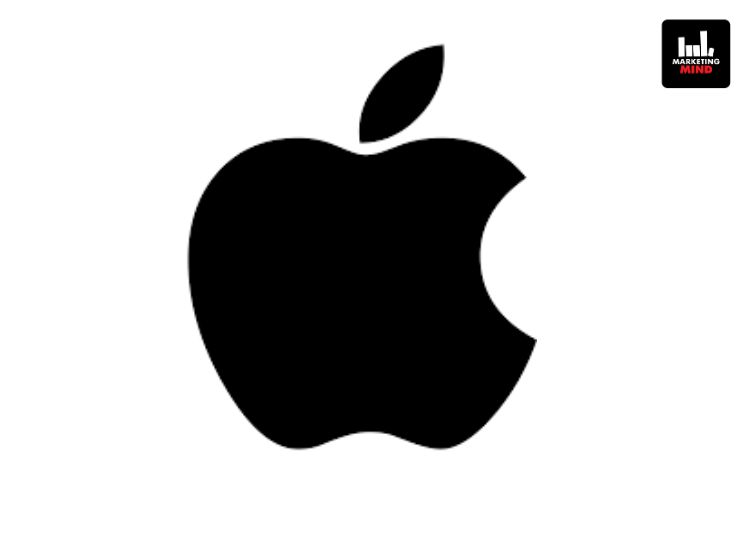As we start coming down from the festive high and enter into the post Diwali season until the beginning of December. It is a great time to take a step back and reflect on the marketing engagements that the brands have been doing and address which channel has managed to stand out. At the moment, it’s clear that Gen Z, born into the digital age and raised on social media, is rewriting the rules of festive shopping. Accounting for a striking 43% of festive spending, this generation is reshaping how we think about shopping, planning, and brand loyalty.
Influencer impact: The micro-influencers driving Gen Z’s decisions
Gen Z are more dependent on recommendations and suggestions from their peers or influencers they follow more than any other generation prior. Particularly micro-influencers with followers counts between 10,000 and 1,00,000.
Unlike mainstream celebrities who appear larger than life, micro-influencers often come across as genuine and relatable, embodying the authenticity that Gen Z craves. This appeal is exactly why brands need to engage with micro-influencers because not only are they closer to their target audience rather they literally come from the brands’ target audience.
Yet, it’s surprising that only around 15% of brands have fully incorporated niche influencers in their strategies.
Planned purchases over impulse buys: Gen Z’s festive shopping habits
Indulging in the rush of last minute impulse purchases is a trend that seems to be fading away or restricted to older generations. Currently the observations are showing that nearly 60% of Gen Z shoppers plan their purchases meticulously and well in advance. While festive sales are effective in grabbing their attention, gen z is more strategic in their patterns. They know what they want, research it thoroughly, and stick to a budget, rarely straying into overspending. As only 38% of Gen Z shoppers admitted to spending beyond their budget during the festive season.
For brands, this means moving beyond banner ads and sales pop-ups to create holistic experiences.
Mobile-first shopping: Why mobile experiences are non-negotiable
Mobile phones have become an extension of the user in the present day and that’s no different for Gen Z who basically grew up with these devices using social media or content creation platforms.
Nearly all of Gen Z’s festive shopping is done through their mobile. Hence, investing in seamless mobile experience is crucial for brands looking to capture this audience. The dominance of mobile shopping is also reflected in the stat which say 73% of Gen Z use platforms like Amazon for their festive shopping needs
Brands aiming to win over Gen Z must ensure that their mobile platforms are intuitive, responsive, and offer an end-to-end shopping experience that is natural and consistent.
Influencers as a mirror for Gen Z: How influencers reflect Gen Z’s aspirations
As per a recent study it was found that Gen Z as a generation really values individuality and genuine communication. Possibly due to growing up consistently exposed to generalised brand messages on various platforms such as television, radio, print and digital. This caused the demographic to reach a stage of burnout much quicker than usual.
Hence that is a reason why Gen Z sees influencers as reflections of their own aspirations and values. These influencers share not only product recommendations but also reflect Gen Z’s desire for originality and self-expression. Unlike traditional celebrities, who often feel distant and unrelatable, micro-influencers become the voice of their community, representing the possibilities of a life that aligns with their own dreams and values.
Influencers in niche areas such as sustainable fashion, thrifting, or hyper-local experiences resonate particularly well with Gen Z. When brands work with micro-influencers it is best to divide the spend across several micro-influencers to appeal to various niches and diverse audiences. This approach doesn’t necessarily mean more expenditure because niche influencers are much more cost effective.
Conclusion: Adapting to Gen Z’s shopping revolution
As we approach a new era of festive shopping, adapting to Gen Z’s expectations will be a priority. For brands this is an exceptional time to reach their target audience on a personal level in a way that has never been possible before in the history of marketing. By understanding and aligning with their shopping behaviour, preferences, and influencer-fueled lifestyles, marketers can make this festive season a success that resonates long beyond the holidays.
















